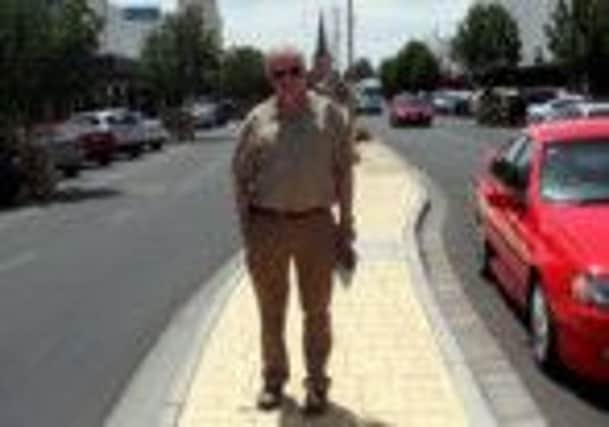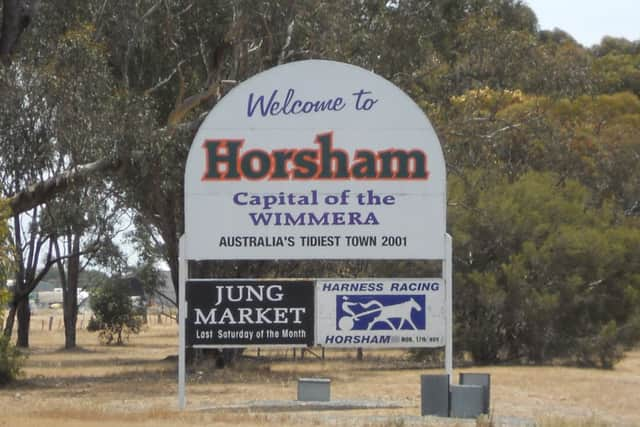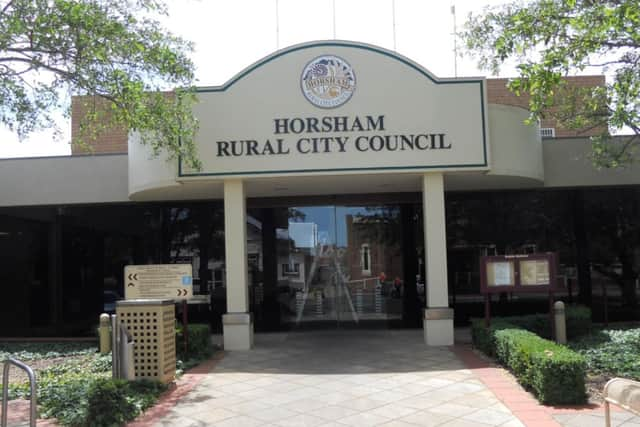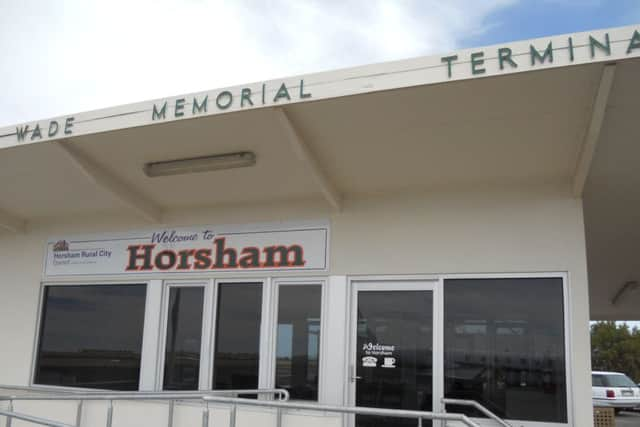Democracy is alive and well in Horsham


Some 20 years ago, I was on a flight between Melbourne and Adelaide whilst on a business trip. The captain of the flight gave a progress report saying “G’Day ladies and gents, we are now cruising at 30,000 feet and flying over Horsham, Victoria.”
Looking out of the window, it seemed a bit drier than Horsham, West Sussex. I vowed then that if ever I went to Victoria on holiday I would visit the other Horsham.
Advertisement
Hide AdAdvertisement
Hide AdWith our son Alex and his Australian girlfriend Liz now living in Melbourne, the opportunity recently came about.


Travelling south out of Melbourne via Geelong and having negotiated Great Ocean Road, Port Fairy and the Grampians, travelling through towns and villages with very familiar names if rather strange geographic positioning, we travelled from Halls Gap in the Grampian National Park, where we were staying, for a day trip to Horsham, Victoria, which is located some 300 kilometres west of Melbourne.
As we left the Grampian mountain range, the relative flatness and arid nature of the terrain became increasingly apparent. There followed miles of arid brown fields after successive droughts, gum trees with thousands of sheep and cattle. This is also an area near the site of the Australian gold rush where gold is still mined commercially.
As the photo of the welcome to Horsham sign shows, it has been very dry and only last January 55,000 hectares of the region were consumed by bush fires and one person lost their life. Bush fires are a fact of life and an essential part of the eco system, long recognised by the original Aboriginal people.
Advertisement
Hide AdAdvertisement
Hide AdHorsham Rural City (its full title) occupies an area of some 4,267 square kilometres; by contrast Horsham West Sussex covers 530 square kilometres or an eighth the size. Yet Horsham Victoria has a population of only 19,687, a sixth of Horsham UK. 75 per cent of the population live in the urban area.


Its primary industry is agriculture and associated services.
Governing the area are seven councillors who serve four-year terms based on a compulsory postal ballot. One serves as Mayor on a rotating annual basis. They are supported by 253 local authority employees, under their chief executive, Peter Brown (who we met). The council has a broad portfolio of responsibility including social, welfare, financial, animal welfare, planning, tourism, infrastructure roads, fire protection and environmental services. That includes running and maintaining a full size regional airport capable of taking regional jets and business aviation aircraft (see photo). Well they don’t have the country’s second largest airport on their doorstep!
The emphasis is very much on community and working together. There is no reference to politics or political parties in their annual report or Mission and Core Value Vision Statement.
Advertisement
Hide AdAdvertisement
Hide AdThat refers to ‘creating a vibrant, inclusive, regional community through sustainable, responsive leadership’. It goes on to refer to laudable aims of ‘being accountable to our community for our decisions and actions’ and being ‘transparent in our work’. This focus was never better illustrated than by the community response in pulling together to address the devastation wrought by the bush fires last January and so evident in the drive from the Grampians.


Talking with the volunteers running the visitor bureau, they mentioned a couple who had booked a romantic weekend in a hotel outside Horsham and asked for directions; they were surprised to be asked whether they had their air tickets as they had booked a hotel outside Horsham – West Sussex!
We were fortunate enough to meet some of the Horsham Council staff and the chief executive and talked about the contrasts between the two towns and the roles and responsibilities of their respective councillors. It was evident that working together with the land and community and recognising the legacy of the land’s original Aboriginal owners plays a key part in how the council is run and priorities established.
After all the recent secrecy, lack of consultation and threats of police intervention used against Horsham electorate in seeking answers to key questions on proposed development, one could not help reflecting on why one had to travel 10,000 miles to discover local democracy in Horsham!